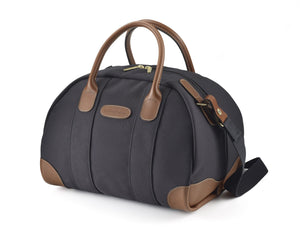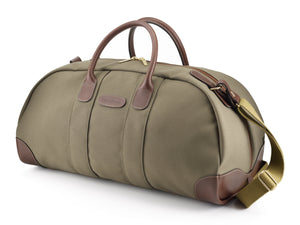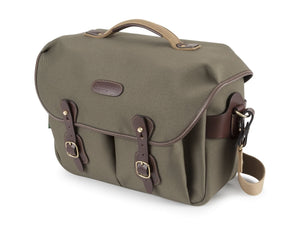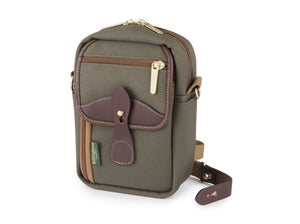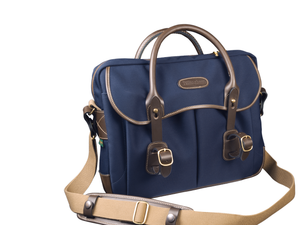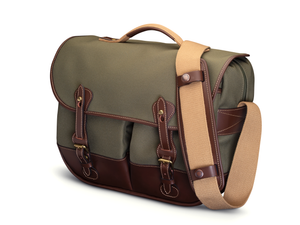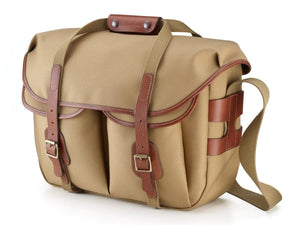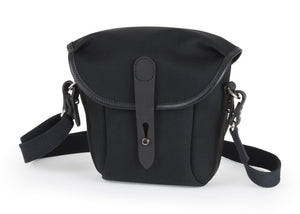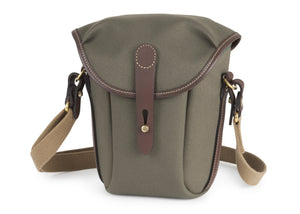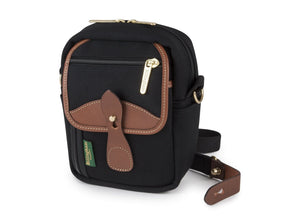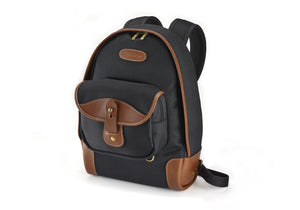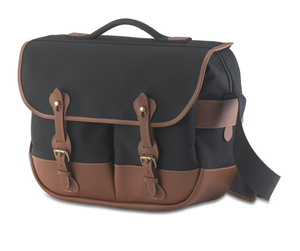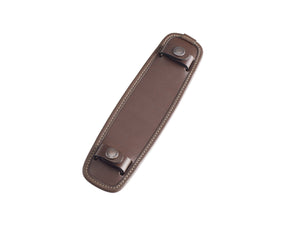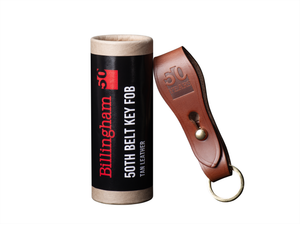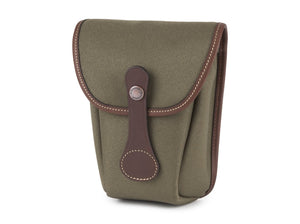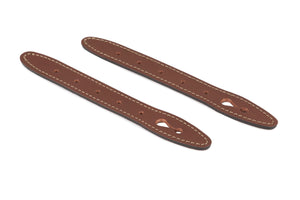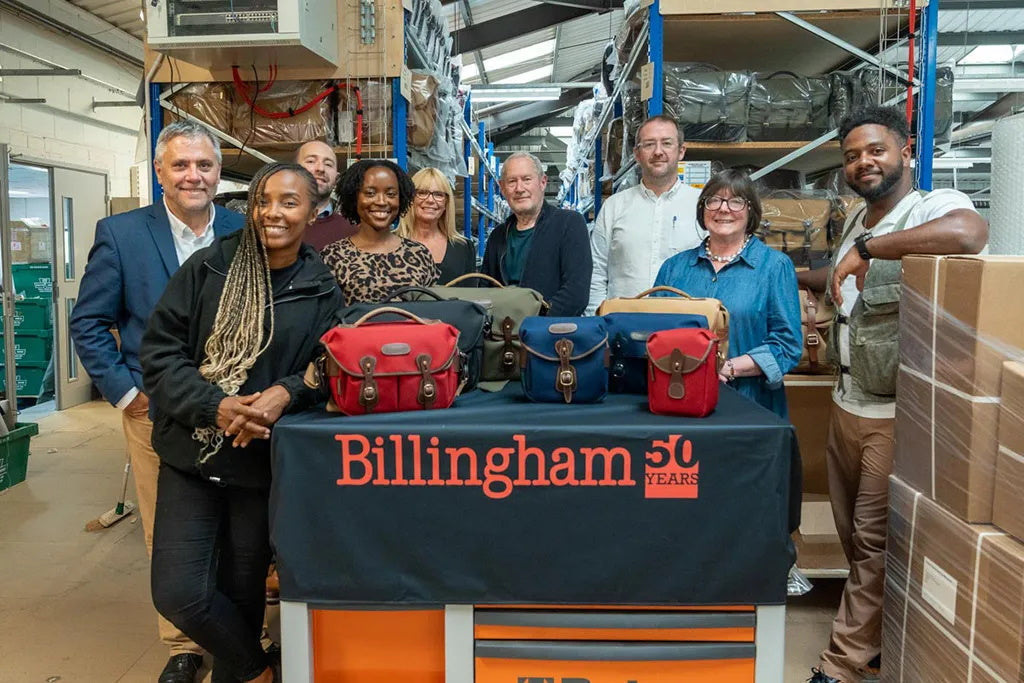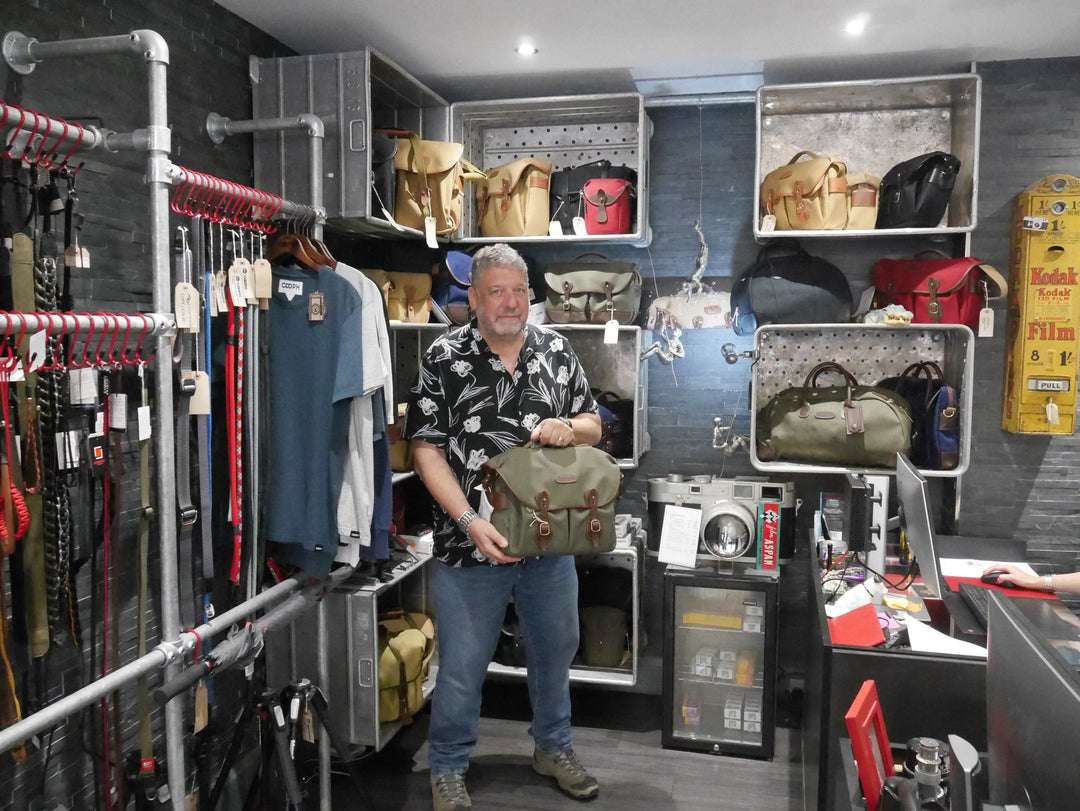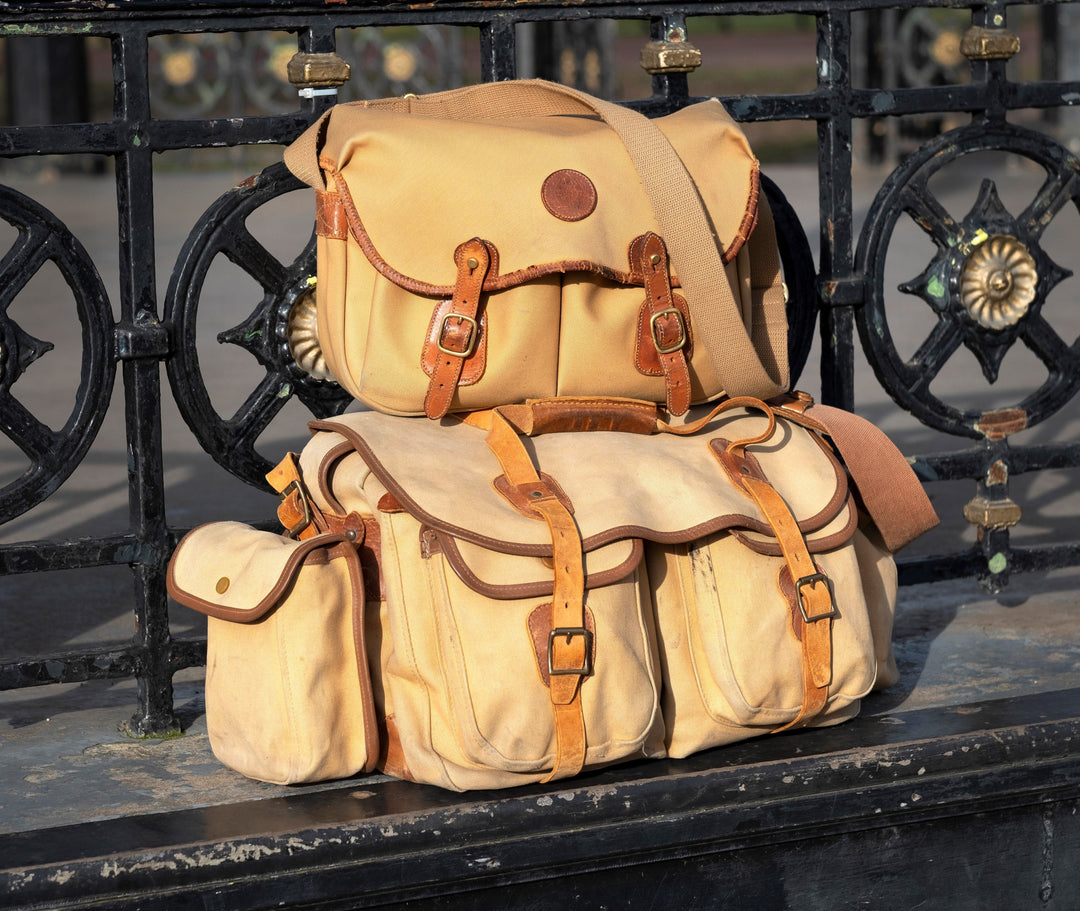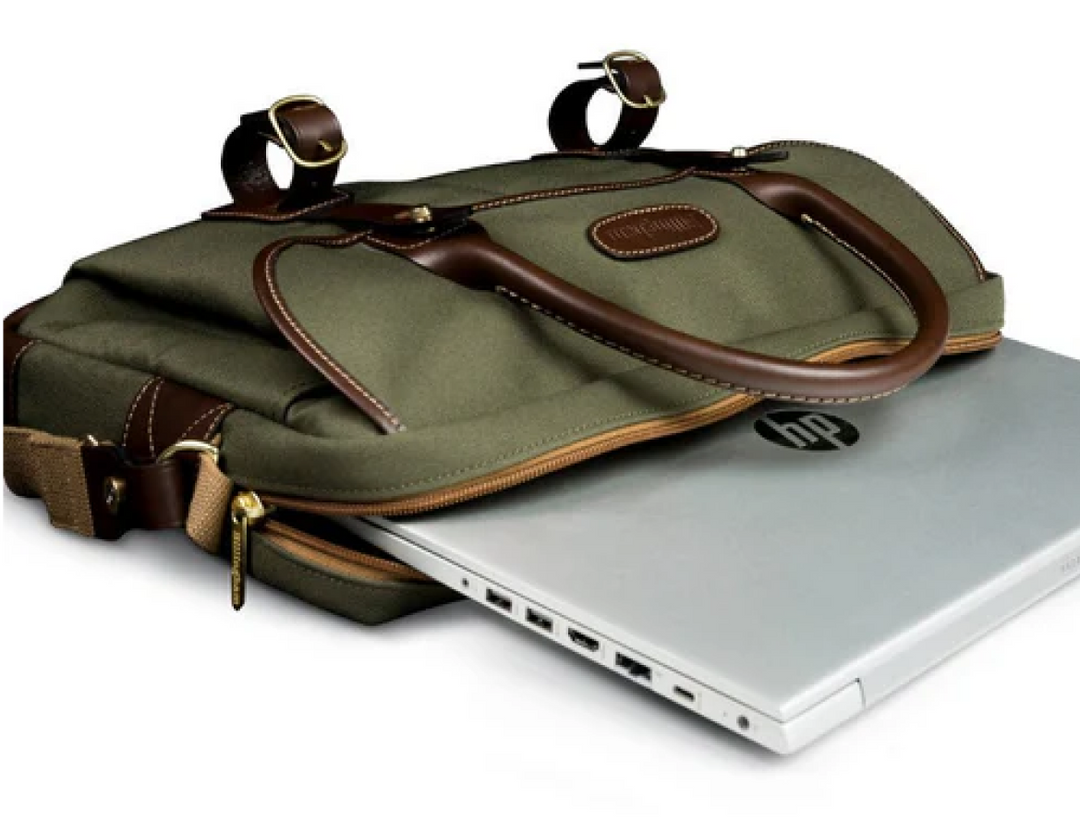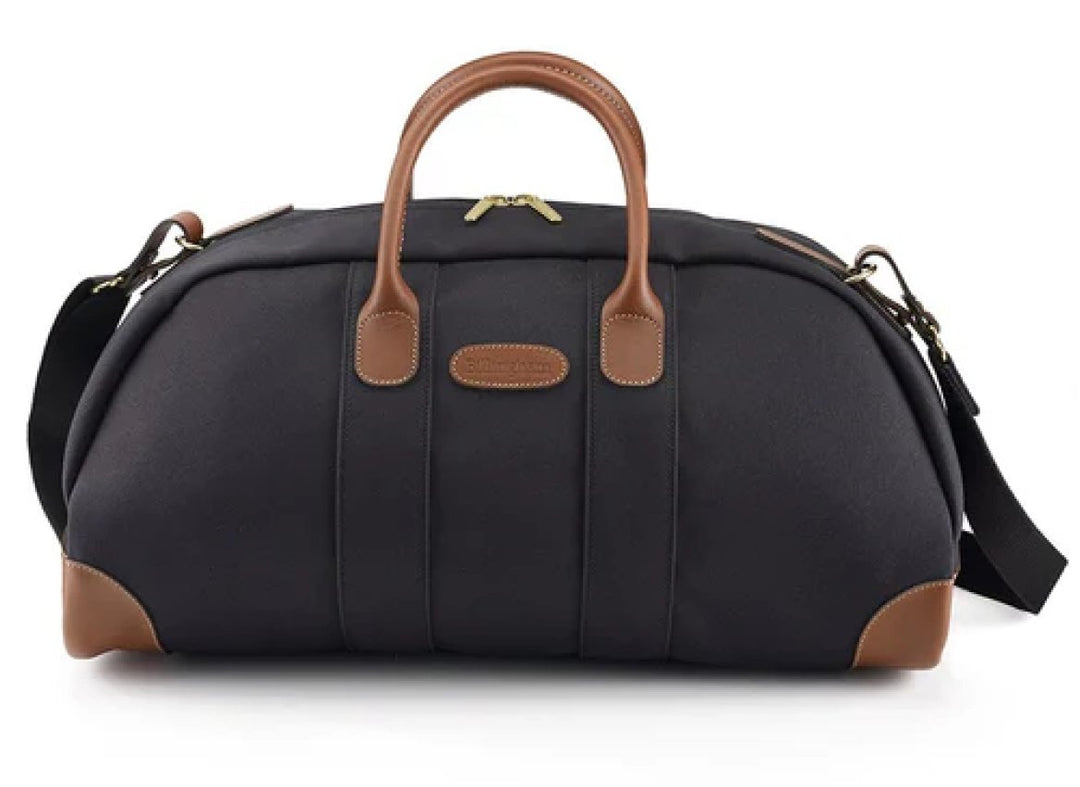Ivor Cooper – Running a Camera Store in London
Red Dot Cameras, based on London’s Goswell Road is a Leica Boutique dealer ran by the family team of Ivor Cooper, his wife Elaine Cooper and daughter Kimberley. They are renowned for their long experience in the industry, wide range of Leica gear (and Billingham bags) and their excellent customer service. As part of our 50th anniversary celebrations (and Red Dot’s 15th anniversary) we were lucky enough to speak to Ivor about his history in the industry and his wonderful store.
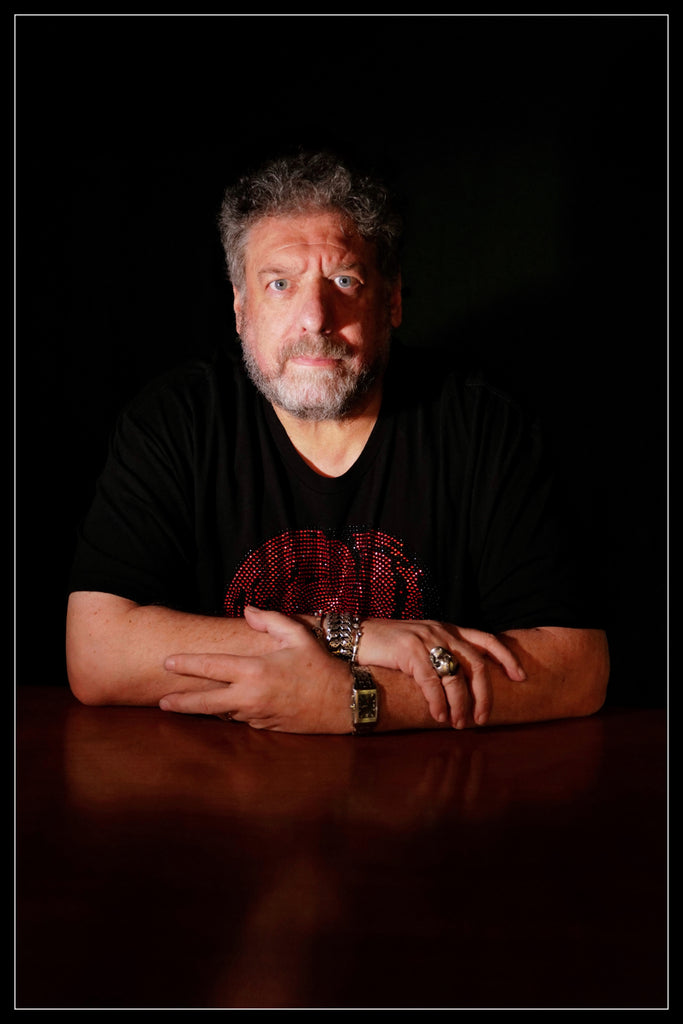
Can you tell the readers a bit about yourself and your background?
Well I was born and grew up in London.
When I was 11 my father bought me a Kodak Instamatic camera that took 126 film, that’s when I started taking pictures. Funnily enough that is around the same time that I got into retail – working Whitechapel Market on a hardware stall (tools etc).
I left school when I was 16 or 17 to work in an architect’s office as a trainee draftsman. I still have my first letter of employment for there – for £15 a week. About the same time I bought 2 Prakticas and 3 lenses and used those for a long, long while.
Unfortunately, the architect’s company went into liquidation. I tried to go into the theatre doing set design but couldn’t find any theatre that would have me – not even as a volunteer! So I went back into retail at the age of 17 or 18 and have been in retail ever since.
At first after leaving the architect’s office I worked in menswear stores, including ‘Just Olivers’ in Ludgate Circus and ‘Westfields’ (not the huge shopping centre) in Walthamstow. Then I started doing bootfairs in collectable items which eventually ended up as cameras and mechanical watches at markets.
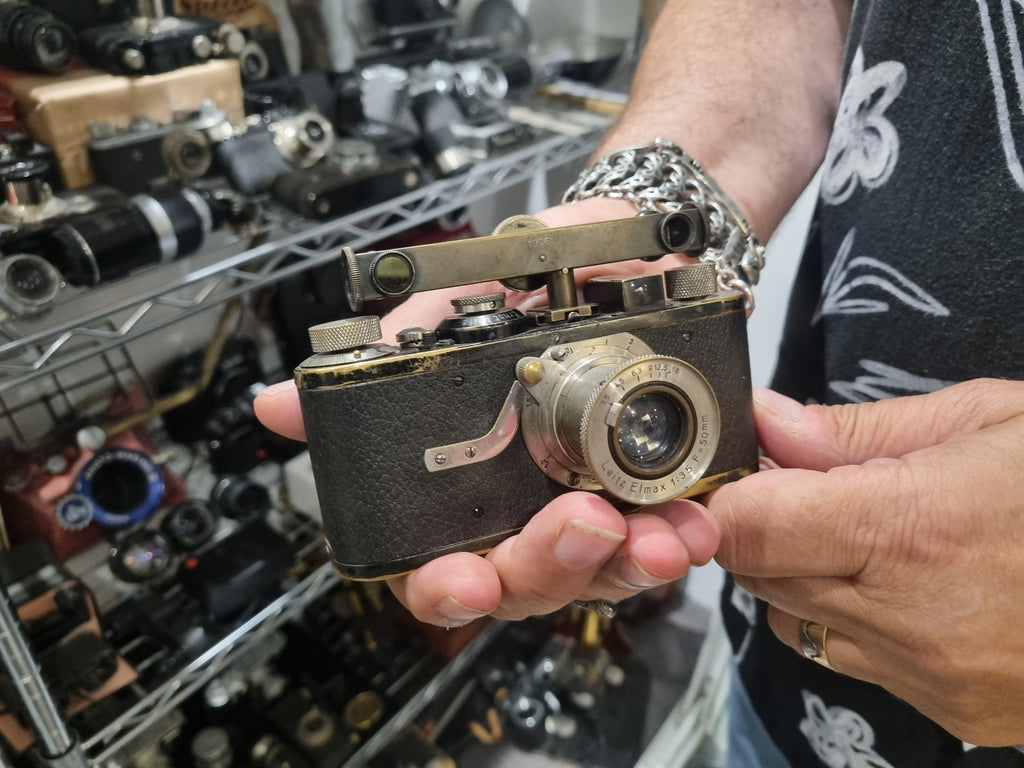
I knew an employee of a big camera shop chain, David Lawrence. David decided to leave the chain and open his own store. They asked him what he was going to do, and he said that he was going to open a store focusing on collectable cameras. The chain said ‘why don’t you do that for us?’. He agreed and they essentially gave him a chequebook to set up a classic camera focused store for them.
After about 4 years David did end up leaving the chain though and started his own shop called ‘Classic Collection’. He invited me to work for him at the new store and I accepted, working for him for about 5 years. Unfortunately, most of the customers at the store were Japanese visitors to London, when their economy crashed in the late 80s/early 90s they stopped buying and the store closed.
One of the staff though decided to open his own store, specialising in Leica, and invited me to work there with him and I accepted.
After about 8 or 9 years at the Leica specialist though I left and then decided to set up my own store, Red Dot Cameras, getting the keys to the new premises on 4th January 2008.

So you had Prakticas for many years. How did you get into shooting with Leicas?
Someone in a market offered me a Leica M2 with 50mm f2 Summicron which I purchased. So I went up from a Praktica to Leica M2!
At that point I’d never really seen colour and sharpness as good, comparing the Praktica to the Leica.
I kept the M2 for a long while before upgrading to an M4. Then when I started Red Dot in 2008 I put that Leica M4 into the cabinet to sell to get our used stock going. Of course, though I always had the used stock in the store to shoot with if I wanted to.

Can you tell us more about starting Red Dot?
Well, I’d been in the industry a long time by that point and so me and my wife felt we’d like to give running a store ourselves a go so we found a location, in Old Street, London. Then we gave ourselves a month to set up the shop before we opened. The cabinets came from IKEA and the desks from MFI. It was a lot of work but we managed to open on time.
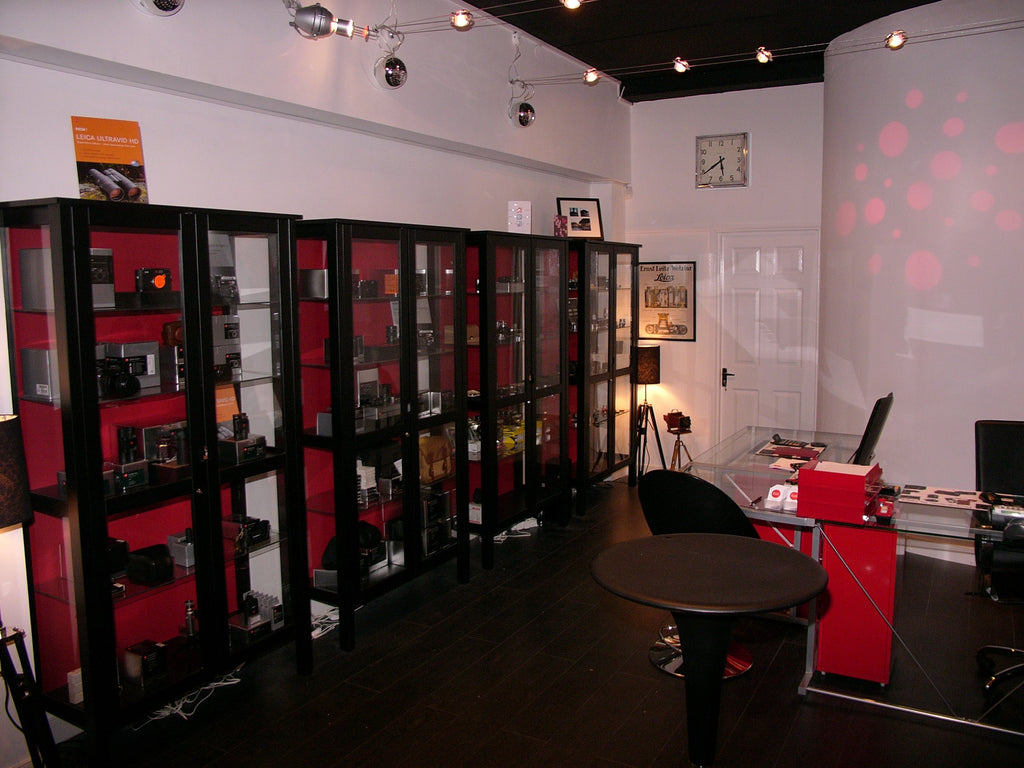
But, of course, it was 2008 and the financial crisis that came soon after we opened affected the UK severely. I was thinking that we might have made a huge mistake as we’d borrowed £100,000 to start the business. But what hadn’t occurred to me was that because the pound had gone down all the foreign tourists wanted to buy from us because the exchange rate had made the UK a really good value place to purchase from.
As the economy recovered most of the foreign tourists stayed with us but British people started buying in greater numbers too. So, for us, the 2008 crisis was a blessing in disguise.

Of course, now that tourists aren’t able to reclaim VAT spent while in the UK that has hurt us a bit – so we aren’t impressed with that decision by the government. However, the pound is weak again and we still don’t have to charge British VAT on items we send abroad via mailorder so we are still doing ok. We also take AMEX which suits a lot of our customers so they can get the rewards from their card provider.
As well as me and my wife, Elaine, our daughter, Kimberley, started working here in 2018. Another member of our staff is our best friend’s son-in-law Ash. It really is a family owned and run business, just like Billingham. We also have another member of the team, Alex, who has a background in photography which he studied at university.
So were you a Leica Boutique right from the start?
Not right from the start, we started out as a Leica dealer. We’ve only ever sold Leica Cameras, plus Billingham bags, a few tripods, camera straps and the books. But the Leica Boutique certification came pretty quickly.
The only major addition to our range since we opened which we’ll be keeping has been adding Voigtländer lenses with Leica mounts.
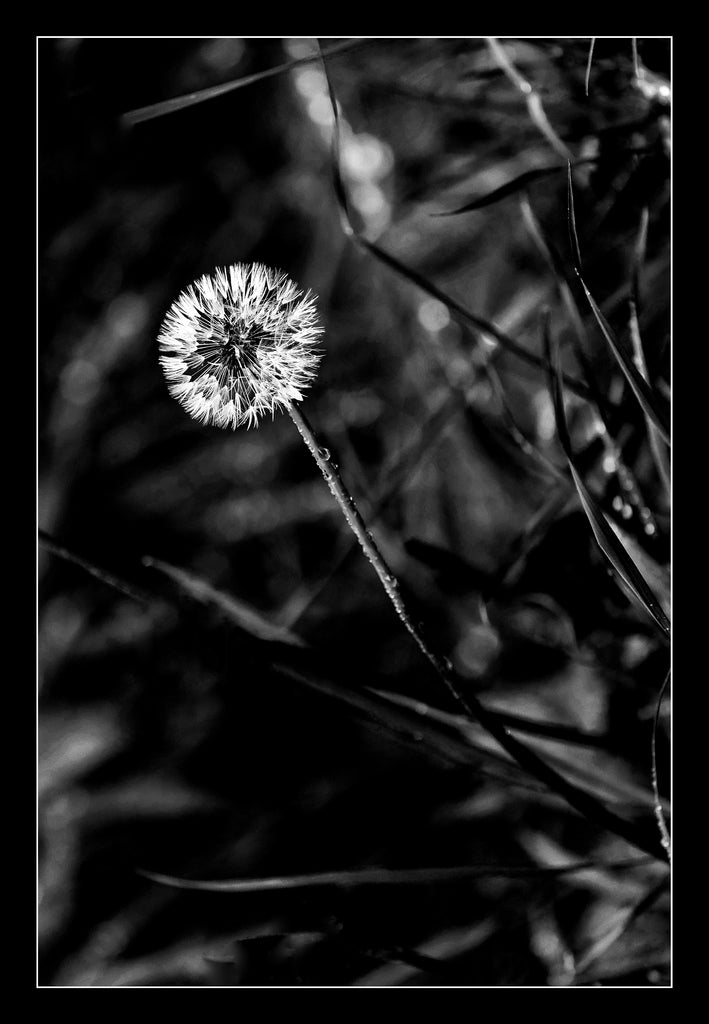
What do you think makes Red Dot Camera different?
I think we try and keep in touch with our customers, we like to see the shots that they create with the cameras we sell. So, we’ll ask them to send the pictures to us and sometimes they do and it builds a relationship. And often if they need help with a feature on the camera they’ll come to us. Also, we get customers from abroad who have ordered online from us who we’ve never met, they’ll visit London and come in ‘oh we were just in London so we just visited to say hi’. It’s nice.
I’ve heard you had some big celebrities come in as customers?
Yeh absolutely. Major British and International stars. But we’d never name them, and we never ask for autographs or selfies. I’m just glad that they come here.
View this post on Instagram
One celebrity named themselves, an acknowledgment to Ivor Cooper in the back of David Suchet’s autobiography.

In some of the photos of your store we see a crocodile. Is there a story behind the crocodile?
When we were at our old address (68 Old Street) we were burgled during the night. They came through the wall and took about £35,000 of stock.
We had lots of people ringing and emailing and wishing us well and asking us if we were ok which we were very grateful for. As a bit of fun, to lighten the mood, we made a little CGI video of a crocodile in our store acting as a security guard.
Video made by Red Dot of Elvis guarding the store.
So our shop is now patrolled by Elvis the crocodile from 3pm onwards. It seems like a popular talking point for people. We had one lady come into the store with her husband asking where we keep it. I said under the sofa. Then she asked what we feed it. Then it dawned on us she really thought it was real. No doubt her husband had wound her up about it!
Imagine if we did have a real one! It’d chew up the sofa overnight and then every morning would be like Crocodile Dundee!
The model crocodiles you see around the store stem from that story and are just for fun to brighten the place up.

Of course, we’ve implemented lots of other security measures too to avoid a repeat of the burglary before anyone gets any ideas!
A friend of mine did actually have an alligator in his shop for real for a while. Unfortunately, it had to go to a zoo though as it was just too big, 14 feet and counting now! He wants to start his own zoo but the council aren’t keen about the health and safety implications.
Why was he called Elvis?
The name comes from the alligator on the TV show Miami Vice. In the story he belonged to Detective James "Sonny" Crockett and guarded his house boat!
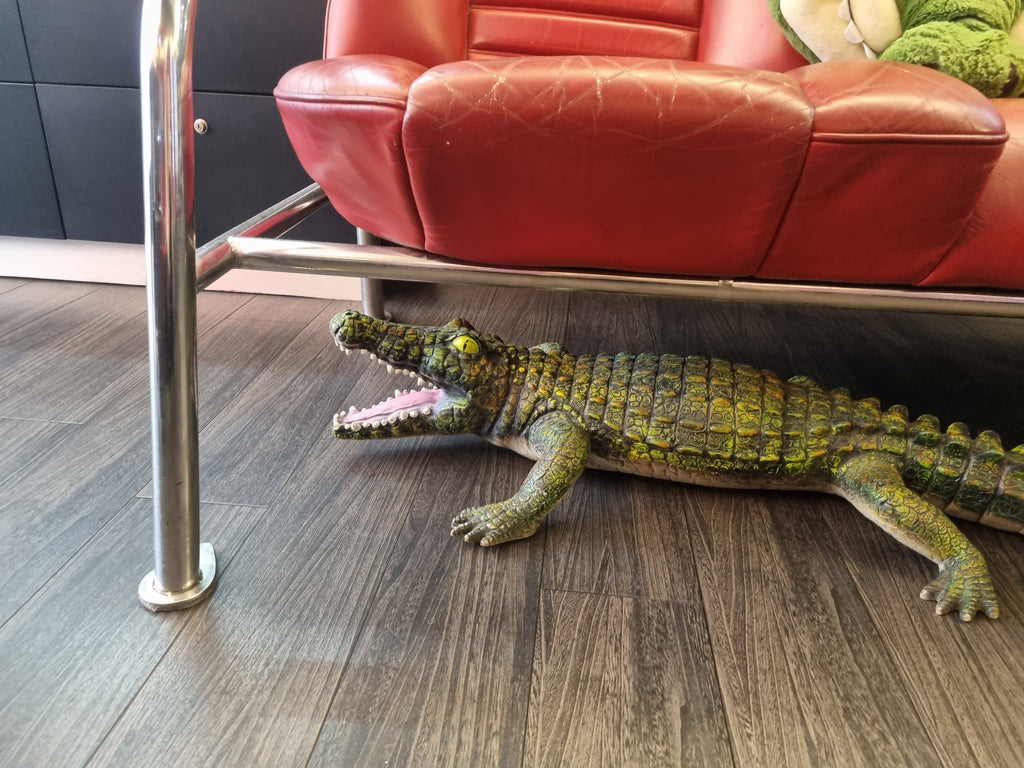
You’ve also got some other cool memorabilia in your store and some amazing camera gear on display. Can you tell us about that?
Well one of the finds I was pretty pleased with was the metal trunks on the wall that I display the Billingham bags in. These are actually from the Agfa film factory, the oldest one is from 1958. The one with the holes in is so that they can wash them out if there was chemical spillage. They were used there for moving chemicals around. I found them on one of these reclaimed websites. We were exploring shelving options and finding things that might work and ended up going with these.

When the guy came in to install them I asked if they were safe, if they’d fall off the wall. So he proceeded to climb up them and stand on them. It’s nice that even the shelving has a story.
Leica supplied the black cabinets on the wall in the new store – matching their other retailers.
I also have a cabinet of things that aren’t for sale, I just love.
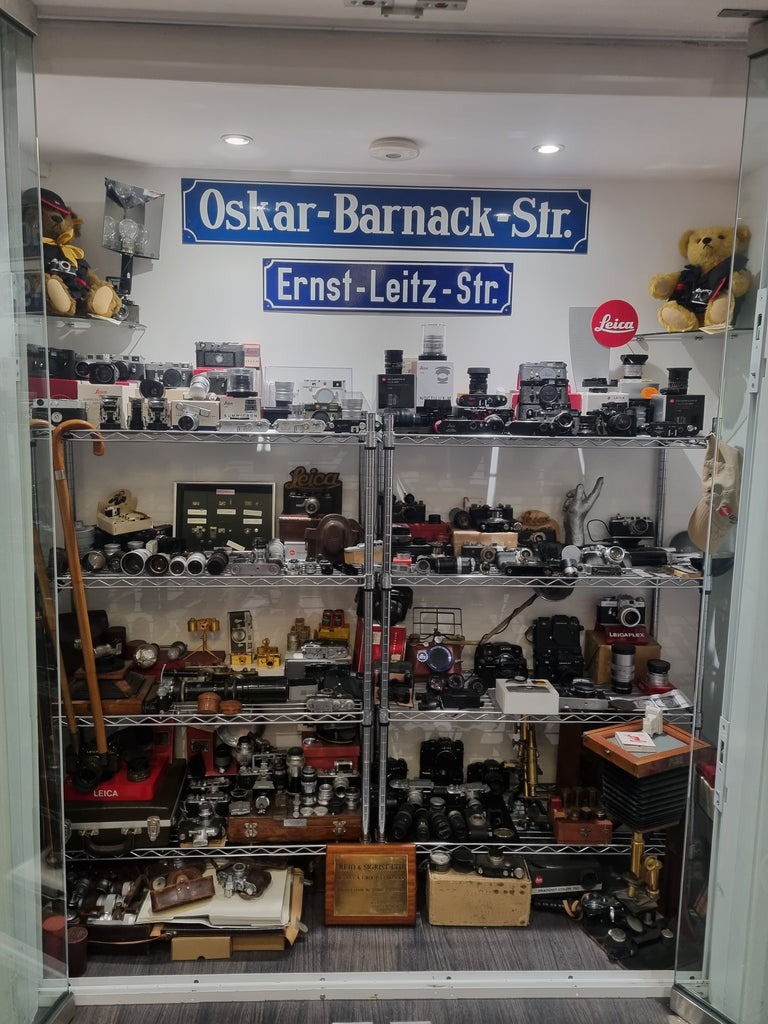
So we know that you’re a keen photographer, what sort of things do you shoot?
I never really homed in on one thing, I still don’t.
Some of what I shoot is street photography – a few weekends ago I went down Roman Road Market with my wife and got what I thought was one very nice picture. So I always try and keep a camera with me and if I see something interesting I’ll try and get a shot. I’m a great believer in that, because what are you going to do if something interesting unfolds in front of you?
I’ve noticed more and more people down the camera club I go to taking that on board, because otherwise you only have the camera on your phone which often just won’t cut it if you want to get a really great shot.
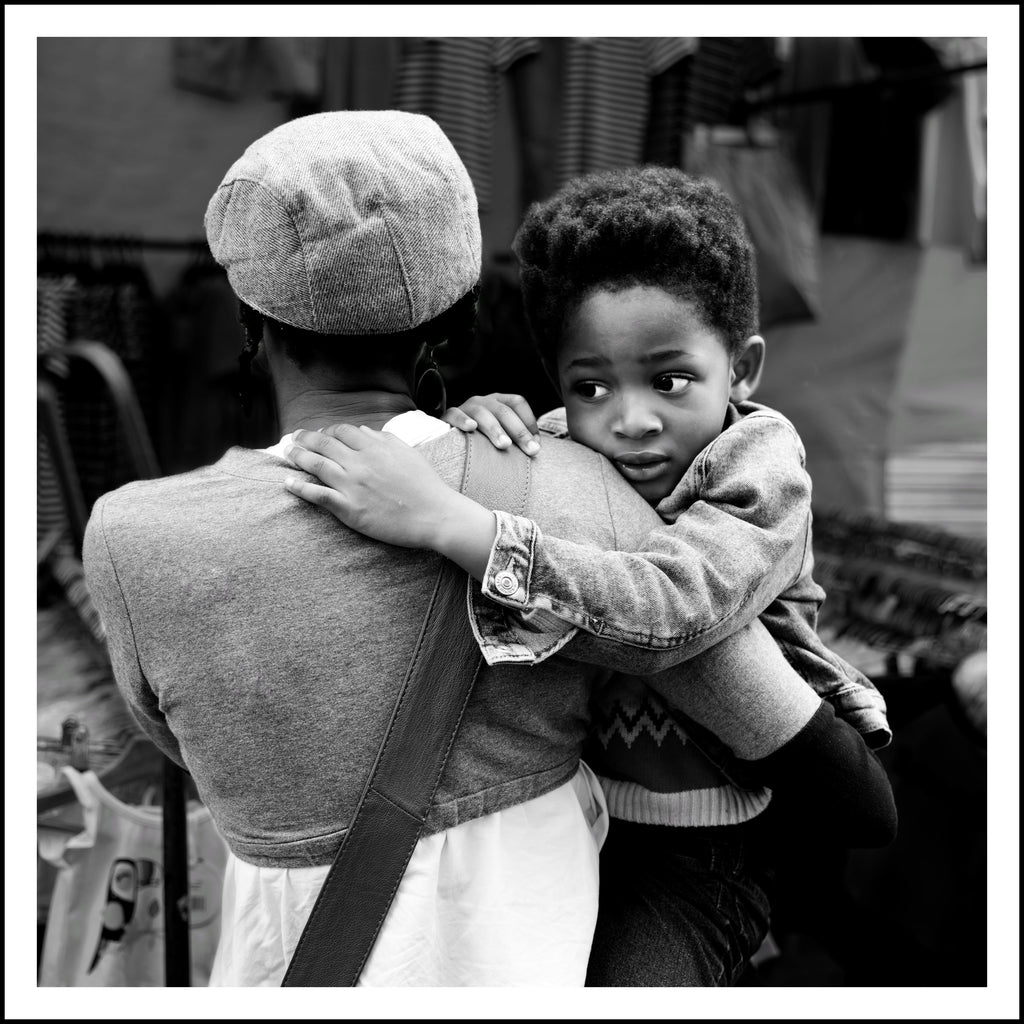
You mention that you’re a member of a camera club. Which club are you in and how did you become involved with them?
I’m a member of Loughton Camera Club http://www.loughtoncameraclub.org.uk/. Someone came in here from the club once to buy a camera, Debbie. I always ask customers if they want to give their name, address and email address for the receipt. I never force them as I know that annoys me when shops do that.
Anyway, turned out this customer lived in Loughton, and I said that’s funny as I live near there. I’d already showed her some of my photography on the iPad as samples of what the camera she was looking at could take. She then explained that she was involved with Loughton Camera Club and I’d probably do well in the competitions there due to the quality of some of my shots.
She said that I could attend meetings free for a month, then decide if I wanted to pay the year’s membership. So that’s how I got involved in the club. I now sponsor the club too.
We have two main competition categories - PDI which is projected, then prints.
I enter every competition, we have a league table like a football league. We have 5 PDIs a year and 5 print competitions and I usually end up 3rd to 6th in the league at the end of the year. Some of the other photographer’s work is fantastic though so there’s always the top few who are up there – their work is superb.
We also do individual competitions. One is held at a local library with six different categories – street, creative etc. We had one judge (Ron), who is actually a national judge, want to do a competition in memory of his late wife, Maggie Tier. I actually came 3rd in that competition which I was quite proud of.
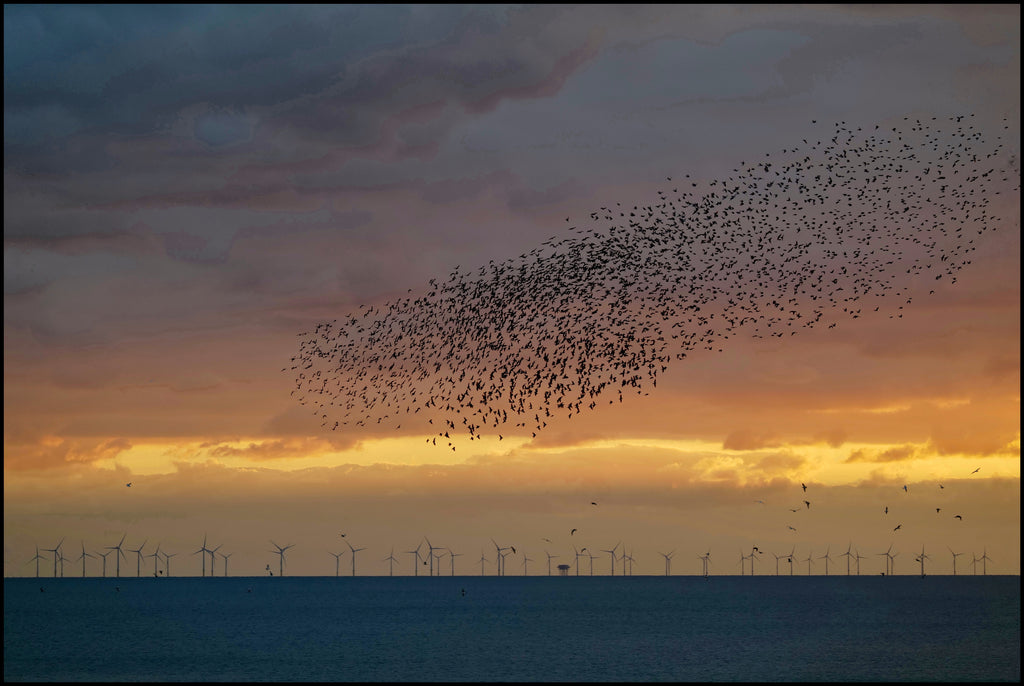
During Covid we started doing a contest against a club in Australia. Each club had to submit 30 photos to a judge, so the judge saw 60 in total but doesn’t know which club submitted each photo – well in theory! If he saw Uluru or Sydney Opera House in one photo and Tower Bridge or Buckingham Palace in another he might guess! So we tried to throw him off a little – some members had been on safari and had a photo from that which was less of a giveaway. The judging would be done across two nights with each photo getting a score. The club with the highest score would win. We have done it 4 or 5 times now and won every time. We keep threatening to burn some negatives and call it The Ashes.
Our PDI is next week so I’ll be submitting these photos to that:
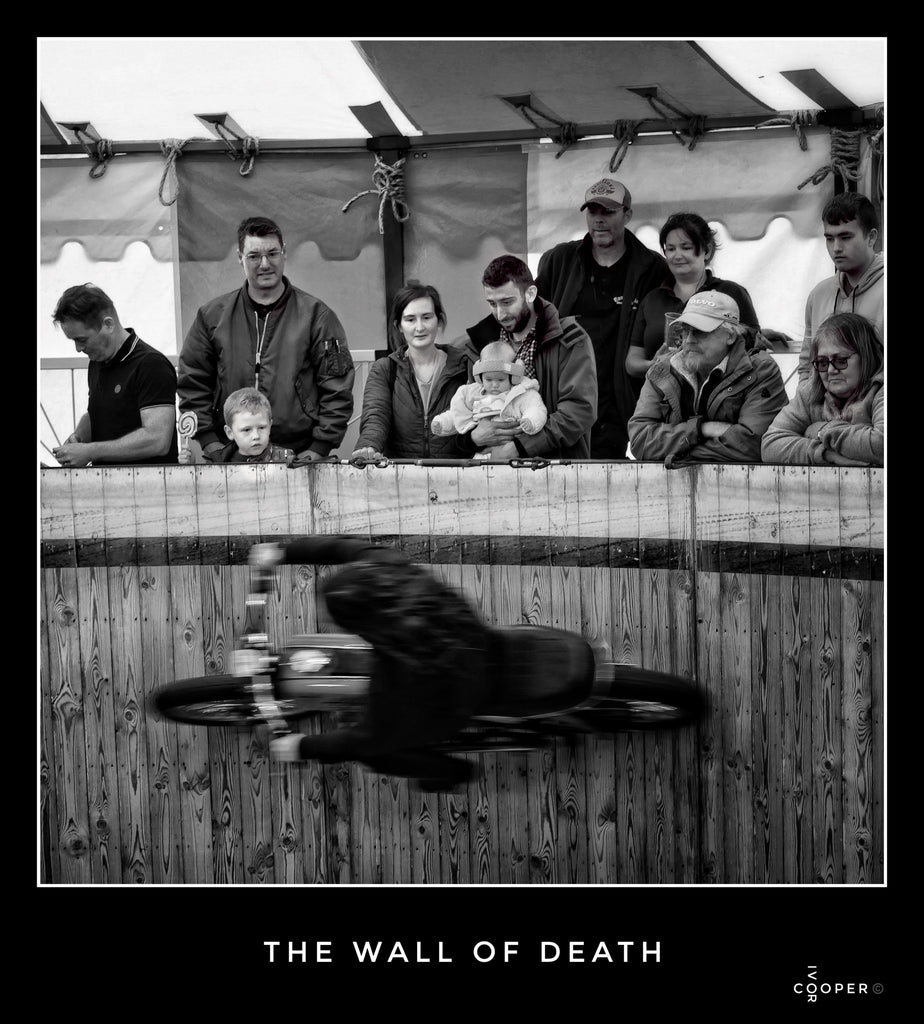
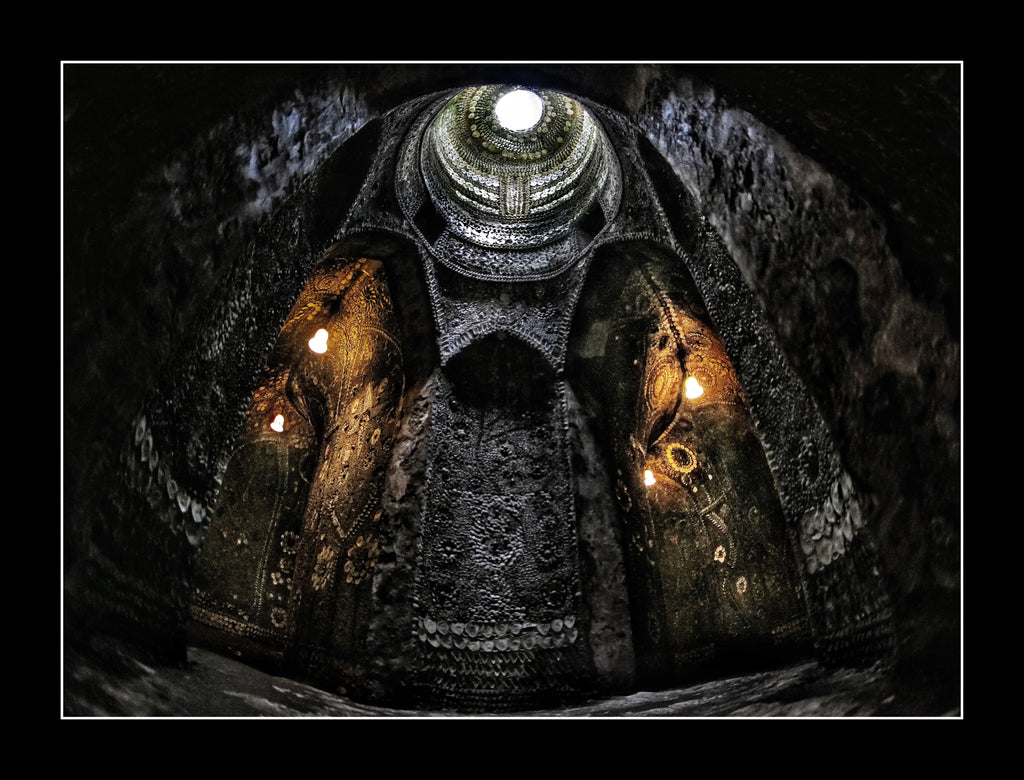
This is why I carry a camera with me every time I can. I didn’t go out intending to photograph any of these – I just had my camera with me and got lucky that I saw interesting things that could make a nice shot.
Of course, I do go out to shoot intentionally sometimes too, especially when I’m trying to test a new camera or lens.
View this post on Instagram
Photo of Ronan Keating by Ivor Cooper
You publish a book called the Leica Pocket Book. Can you tell our readers more about that?
The Leica Pocket Book lists every Leica camera and lens ever made. It was first published in 1980. I’ve sold the book for years, buying it from a small publisher who specialised in photo books.
I wanted to use pages from the 8th edition of the book (from 2012) to give a description of the used cameras that I sell on my website so I wrote to the publisher asking to buy a licence to do this. The publisher came back to me saying that he was giving up publishing this kind of book (the couple who run the publisher are semi-retired) and asking if I wanted to purchase the copyright and then we could do what we wanted with it. I said yes and then republished the 8th edition with a few extra pages in the back for adverts etc.
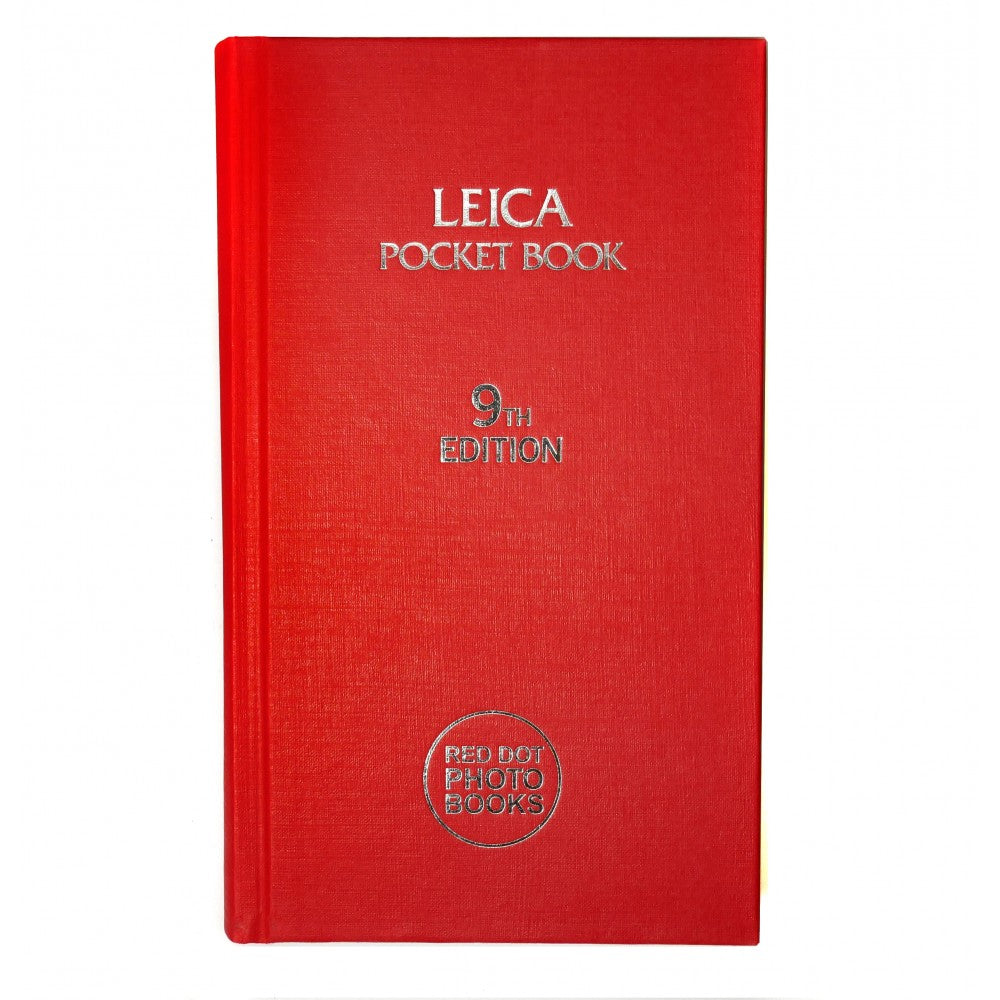
For the 9th edition I got messed around by a few people who were going to help me update it but then a Leica expert called Dr Frank Dabba Smith took on the update to the guide to include newly released cameras. That edition ended up being published in 2022 – around ten years after the 8th edition. This enabled me to advertise the book as being ‘more than 100 years of Leica in your pocket’ as they first made cameras in 1913. So although we got messed around it worked out well because, with Frank, we were able to put an extra 10 years of Leica history and 100 extra pages into the book.

The book has been a massive success for us, selling far more than we expected. We’ve shipped copies to the USA, Canada, New Zealand, Hong Kong and all over Europe. We’ve even sold them to other retailers and Leica themselves in Germany.
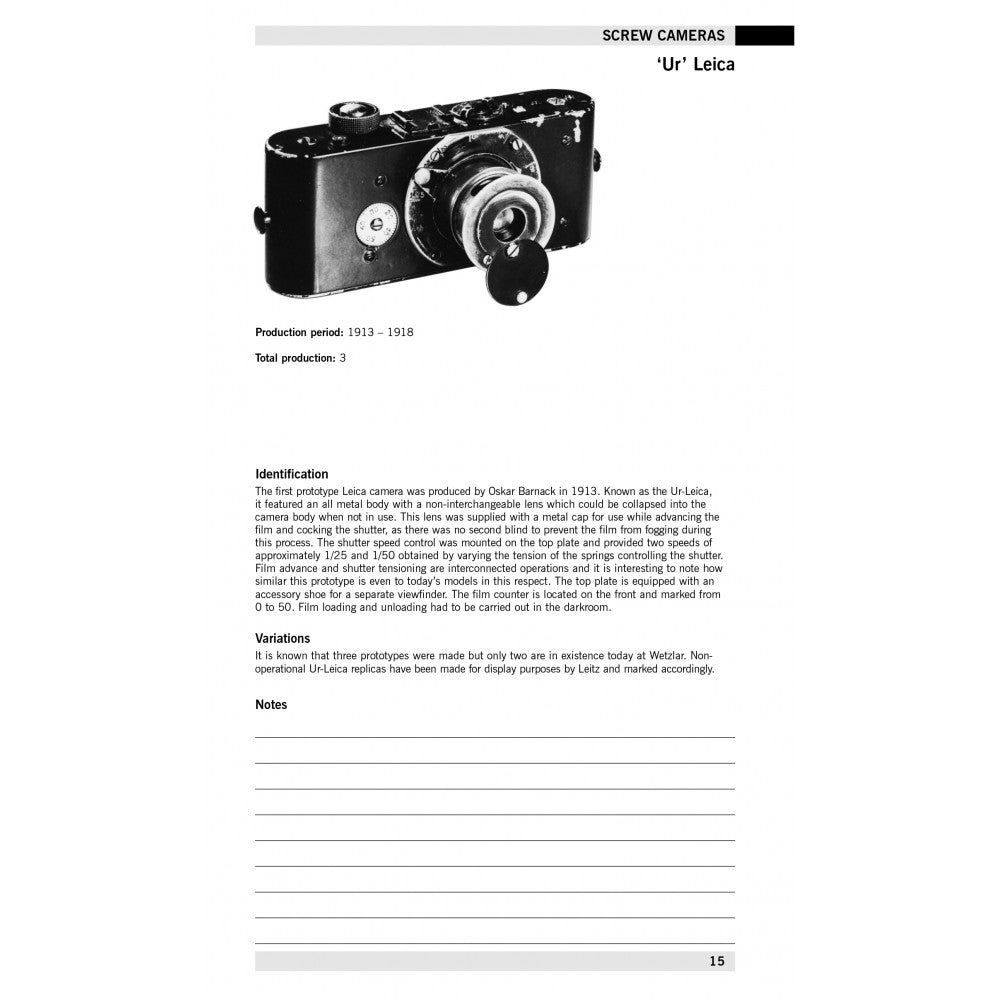
Frank Dabba Smith has actually done a lot of work on the history of Leica over the years and is a published author, so he was the perfect person to update the guide. You should do an interview with him if you get the chance!
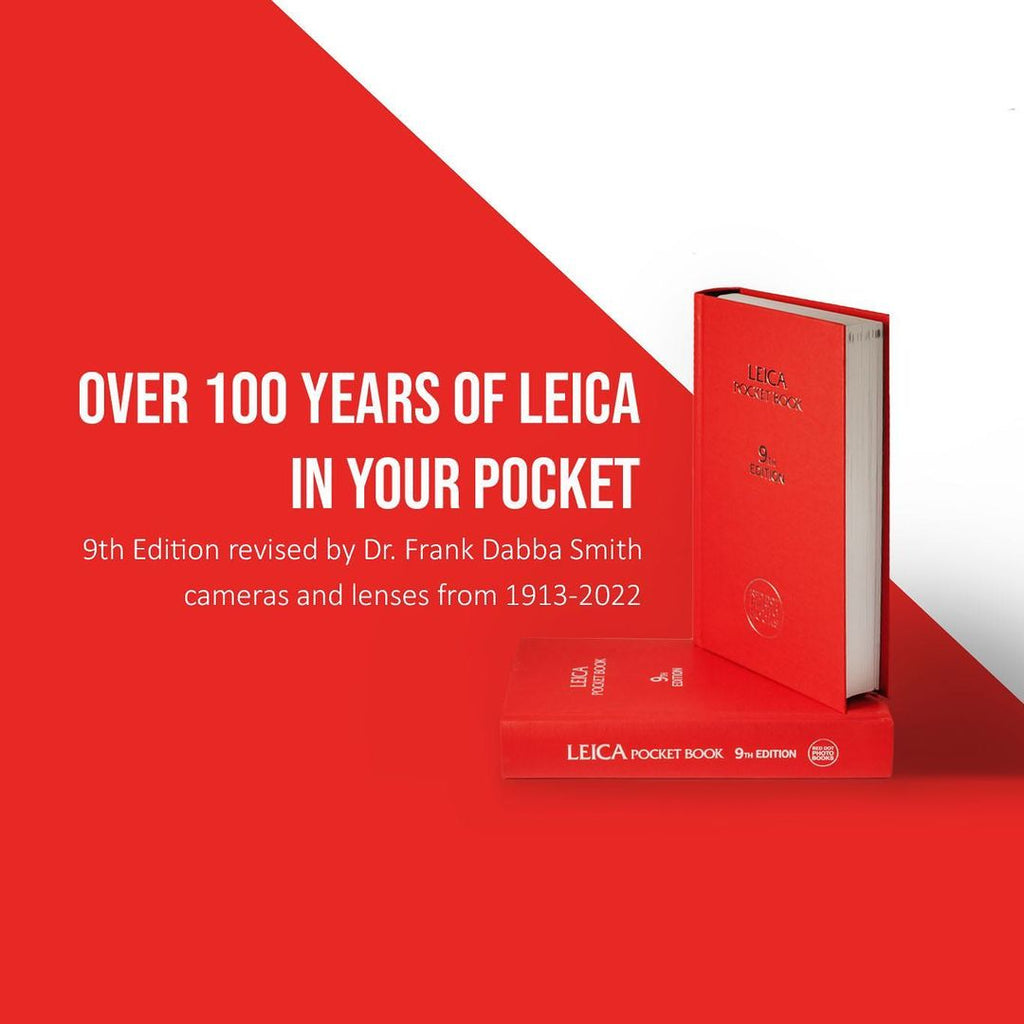
Can you tell us more about Frank Dabba Smith?
Frank is actually a retired liberal rabbi who has done a PhD at UCL about Ernst Leitz II--the factory owner who made the decision to put the first Leica into serial production— and his actions during the Holocaust.
More specifically, Frank researched the efforts of Leitz, his family and company to aid persecuted Jews and leftists. He has detailed archival and other evidence to account for eighty people who were helped in appropriately practical ways between 1933-45. For example, young people were trained as apprentices and then helped to leave Germany for guaranteed jobs overseas. People were supported monetarily and sometimes illegally by funds sent abroad. Others who were threatened with imprisonment were aided through positive testimonies in court and other interventions. Leitz was able to survive and retain ownership of the factory as he brought foreign currency into Germany as an exporter and, later, provided specialised highly specialised armaments designed and built by in-house experts who were highly devoted to their paternalistic boss. Compromises and maintaining some key relationships were necessary in order gain leverage against the Nazis to survive and to keep helping those being persecuted; a highly risky tightrope act.
One of the Jewish people helped was Robert Sternberg, the future inventor of the Ilford Witness camera. Robert, a highly intelligent and sensitive young man, was trained at the Leica factory and sent in 1936 to work in England. Another youth, Kurt Ehrenfeld, was also trained at the Leitz factory and given a recommendation to work at Wallace Heaton on Bond Street. Later, Kurt joined his parents –who were former Leica dealers in Germany— in the USA. A rather spectacular example is that of Edith Kay who trained in processing techniques at the Leitz factory and became the head of the darkroom at the Picture Post where she earned high praise from photographers such as Henri Cartier-Bresson. In the ledgers documenting camera production, there is even a notation that she was given a Leica personally by Ernst Leitz II.
In May 2023, a forty-three minute documentary film was made about Frank’s research, Die Nazis, der Rabbi und die Kamera. It was broadcast by the French-German ARTE-network and received a lengthy and very positive review in the respected newspaper Frankfurt Allgemeine Zeitung. Hopefully, this highly unusual history will ultimately appear in a feature-length film shown in cinemas around the world!
Frank is also a massive Leica-buff and has in the past worked professionally as a photographer for both journalistic and commercial publications. He is very knowledgeable about the cameras and lenses to the point of recently completing the ninth edition of the renowned Leica Pocket Guide which we have just published. When he visits the shop, I call him ‘Dr Leica’!
Have you been the Leica factory?
Oh yeh several times. The old one and the new one.
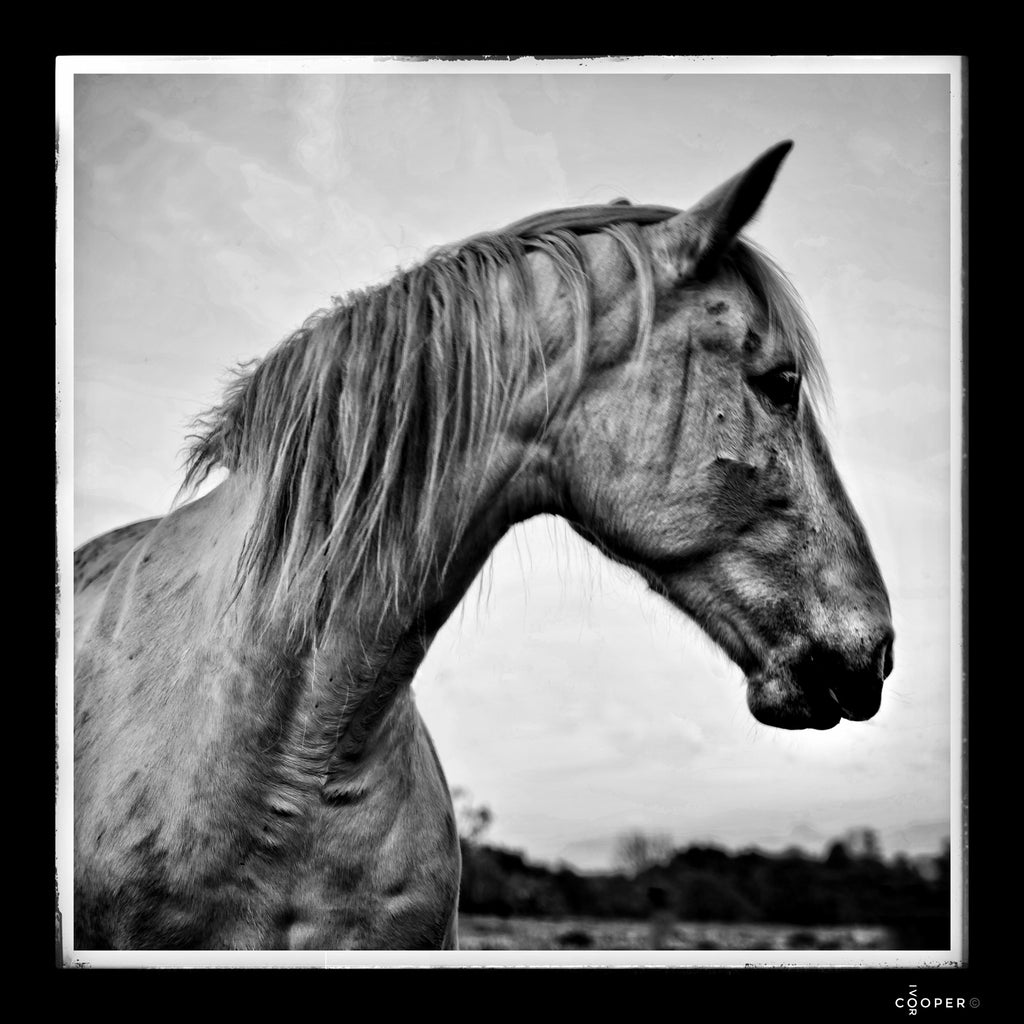
How did you first learn about Billingham products?
I first heard about them with my previous experience in the industry. I knew the quality was there and if you’re spending several thousand on a camera and some lenses its worth that extra to make sure they are protected.
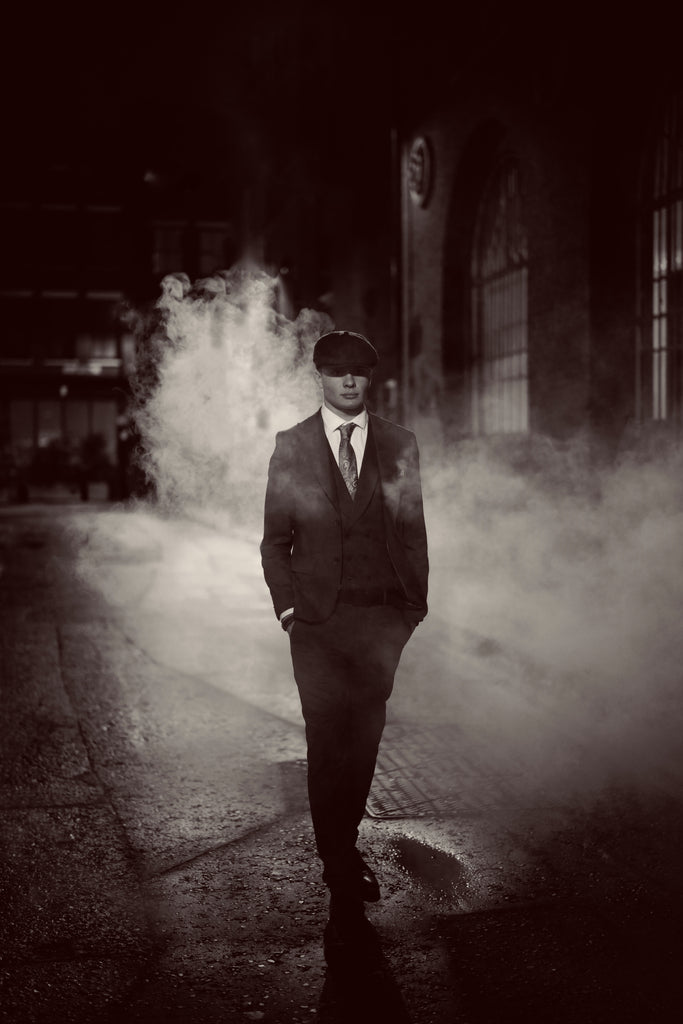
Could you tell us what is in your kit bag?
My main bag is the Billingham Hadley One with the optional Full Size Insert. In there I carry the Leica SL with 24-90mm and 90-280mm lenses.
Do you own any other Billingham bags?
Yes, I’ve got the Hadley Original, the L2, an old vintage one and a very old 550 that Elaine found at a camera fair for £30 sitting under one of the traders tables. But it’s still strong.
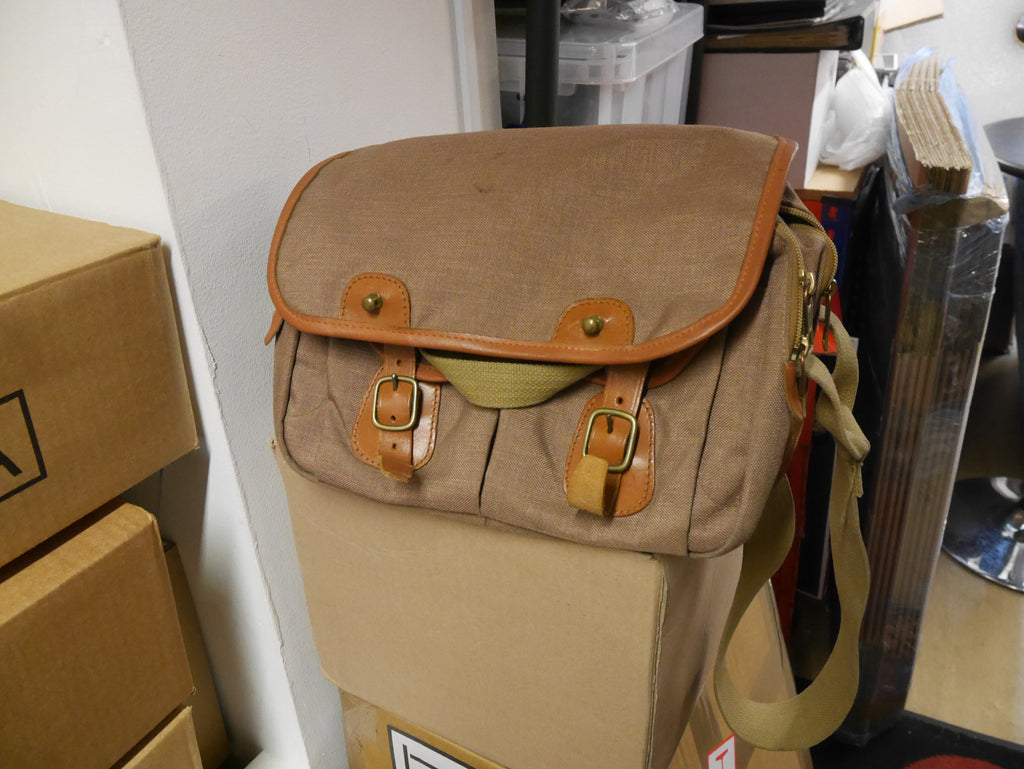
You have one of the widest ranges of Billingham bags for sale in London, and indeed the world. When did you first start selling Billingham bags?
We sold Billingham right from our founding in 2008. Just Leica, Billingham, Voigtländer, tripods and books.
One of the interesting things about selling bags is often customers will come here to buy a camera and a bag together. They often spend longer choosing the bag than the camera. They might walk in knowing what camera and lens they want but have only a vague idea about the bag. I can sell the camera and lens in 20 minutes, but they’ll still be choosing the bag an hour later! It’s such a personal thing to them. Do they want to go for something smaller and lighter where they can’t fit anything extra in? Or do they want to go for something that they can carry their whole life in? Or something in-between? Do they want zips on the main compartment or something that is faster to get into? No one asks to see themselves in a mirror when they are buying a camera but they often do with the bag! It’s different for everyone and its fascinating to see.
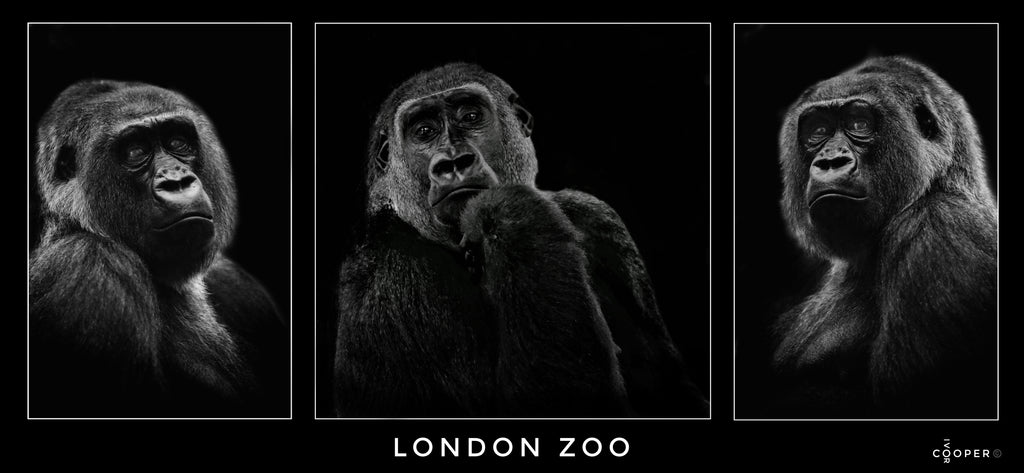
Is there anything specific that you like about Billingham bags?
For me as a retailer I really like that we have never had an issue with Billingham bags – they never arrive faulty, so we don’t have to return them for repair. As a retailer that just makes your life so much easier. It’s the reliability, even when you fill them full.
As a user of Billingham bags myself I think it has to be the waterproof fabric. I once went diving in a shark cage with a small waterproof camera. I left my Hadley Original bag with my Leica M240 up on deck under a wooden bench lying on its back. Salt water was sloshing around the boat and the outside of the bag, but the inside was bone dry and my camera was fine. The water never found its way in. I still have the bag today, its fine too, I still use it.
By the way, people often come into the store to look at the bags and ask us if we have any other colours. I do! But if I put them all out then it’d take up an entire wall! So I keep the spares downstairs but can show them if people ask.
Who is your favourite photographer?
I think it’d have to be the French-American photographer Elliott Erwitt. I have some of his books.
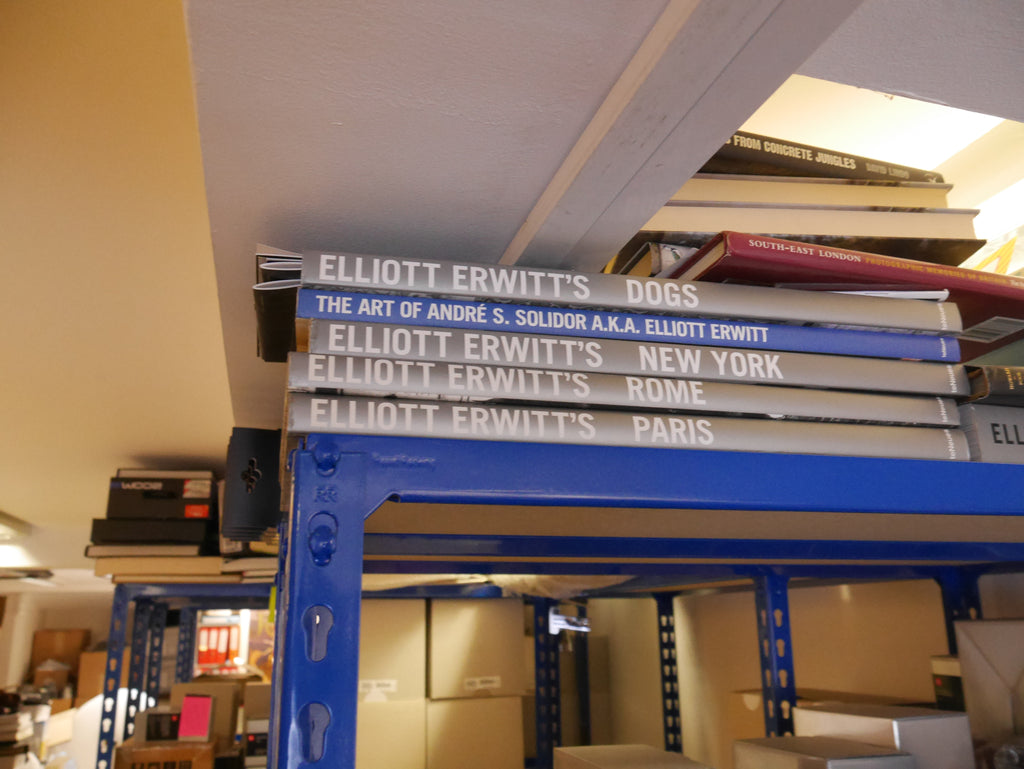
What photograph that you have taken are you most proud of?
I call it ‘Face in the Machine’. I got really lucky with this shot. On the first pull of the trigger the boy’s face was obscured. On the second shot it was just right – you could see his face.
I was really pleased with how it turned out. I didn’t take a 3rd shot. It’s won some competitions for me.
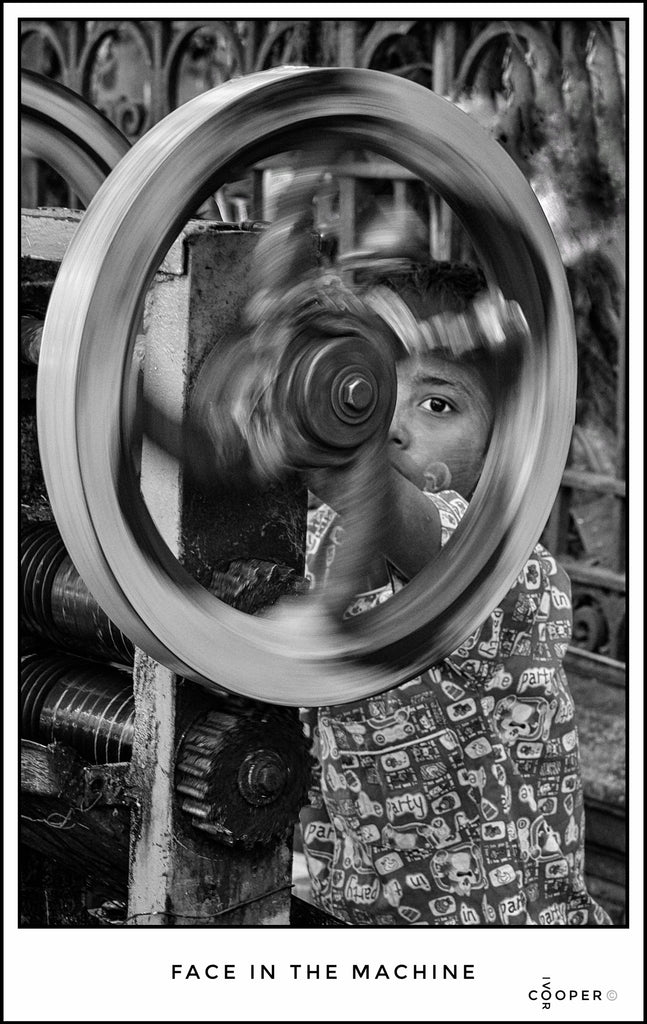
Mike Evans (freelance tech writer, photographer, Leica fan. Former journalist and communications professional – copied from his Twitter bio) often features our bags on his blog, Macfilos.com. He also makes videos about Leica cameras with you for your YouTube. How did you come to know Mike Evans?
He just came in and paid us a visit and introduced himself and we ended up getting on.
I’d love to do more videos but they are just so time consuming, especially with the editing after. For the M10-P we actually hired a sound recordist to record the sound of the shutter on that and the previous M9 and M10 separately. This was important as the extra quiet shutter is one of the main features of the M10-P over the original M10. Those sounds were then edited into the video so that they were a true representation of what you’d actually hear from the camera if you used it yourself rather than just recording it at the same time as the speech which would be less true to life.
Ivor Cooper with Mike Evans from MacFilos blog. The video is the above mentioned one about the Leica M10-P
Because of your close relationship with Leica and because you buy and sell used Leica's you often have some very beautiful or rare limited editions etc. Which one of these is most memorable to you?
My favourite special edition is called an M6J. It looks like an M3 but it has the attributes of an M6 and was sold with a collapsible Elmar lens. It looks like a vintage camera but has the technology of a modern film camera.
I keep trying to nag Leica into making a digital Leica M with the styling of a Leica M3. If they did it in Black paint you’d have people queueing round the block for them!
What is your favourite camera full stop?
From a film point of view I’d say the current MP in black paint.
From a functionality point of view I’d say the SL2. It lets me do things from fisheye wide-angle to telephoto shots.
In terms of my collection I’ve got the very first Leica Monochrome M camera, serial number P001, a pro-production camera.
I’ve got an M3 that has never had a roll of film through it. I do collect cameras as well as sell them.

When you’re not in-store working at Red Dot, what hobbies and interests do you have?
Photography! As I said there is a camera in my bag all the time.
I went to three weddings last year and someone asked if I could bring my camera with me and take some pictures. My wife said to them “Don't be stupid. When will he not have his camera with him? It’s more like telling him not to take a picture as opposed to taking a picture.”
I used to make a lot of art, non-photographic art, but not so much any more.
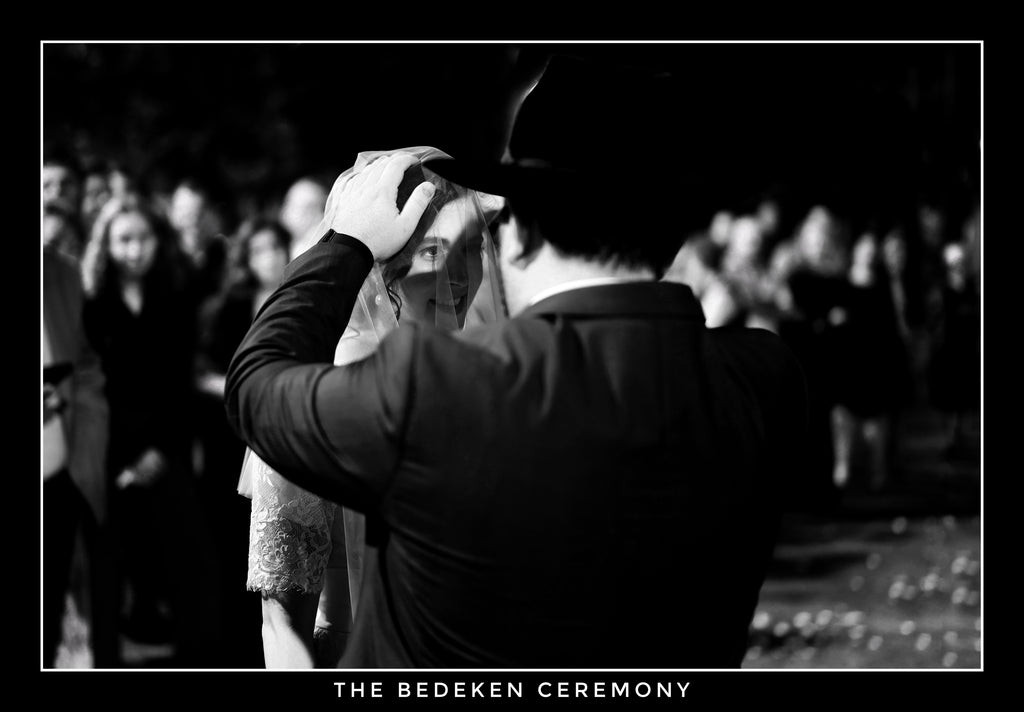
At this point Ivor took the opportunity to show us a Leica Camera that had parts cut out so you could see inside.
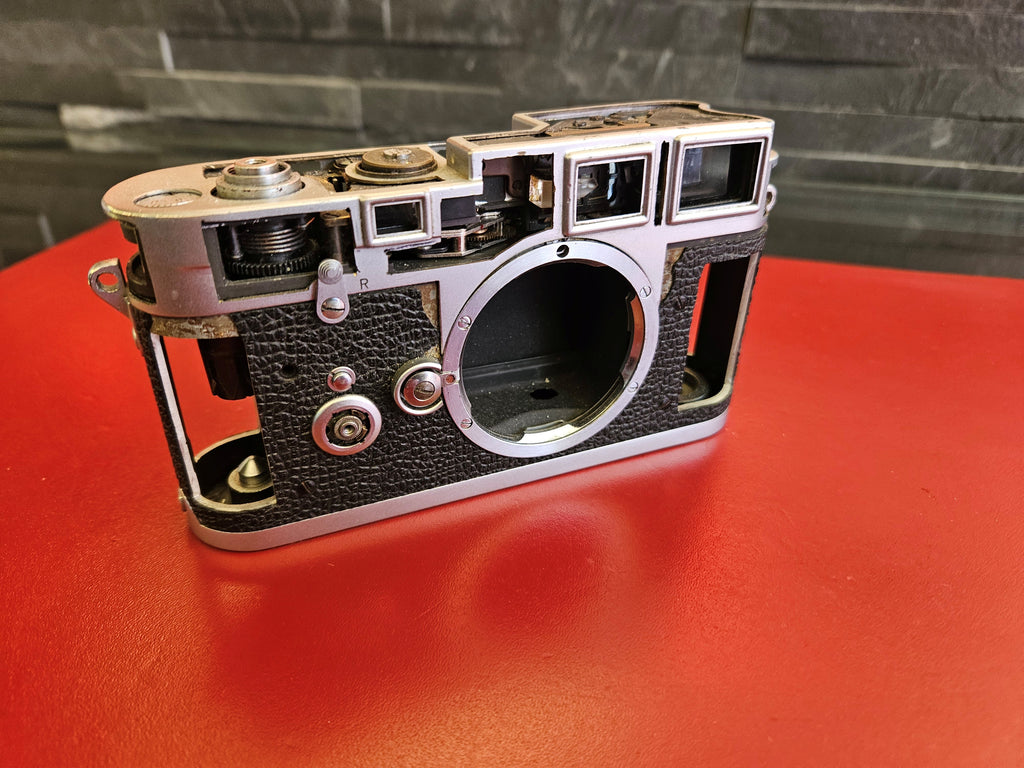
I made this, I cut it all. By hand but with a saw and a drill. I pierced it all out. I did used to do jewellery and I actually used to do horology [clock repairs]. My cousin owned a jewellery shop and I went there asking him to repair a chain. He said “Do it yourself” and I said “What do you mean?” and then he said “I’ll teach you”. So I learnt a lot of jewellery skills there – not making but repairing. Those skills enabled me to do that to camera. It was a faulty one of course, too far gone to be repaired, I wouldn’t have done it to a working one! I went online and looked at how it was made up and how others had been done and replicated that myself.
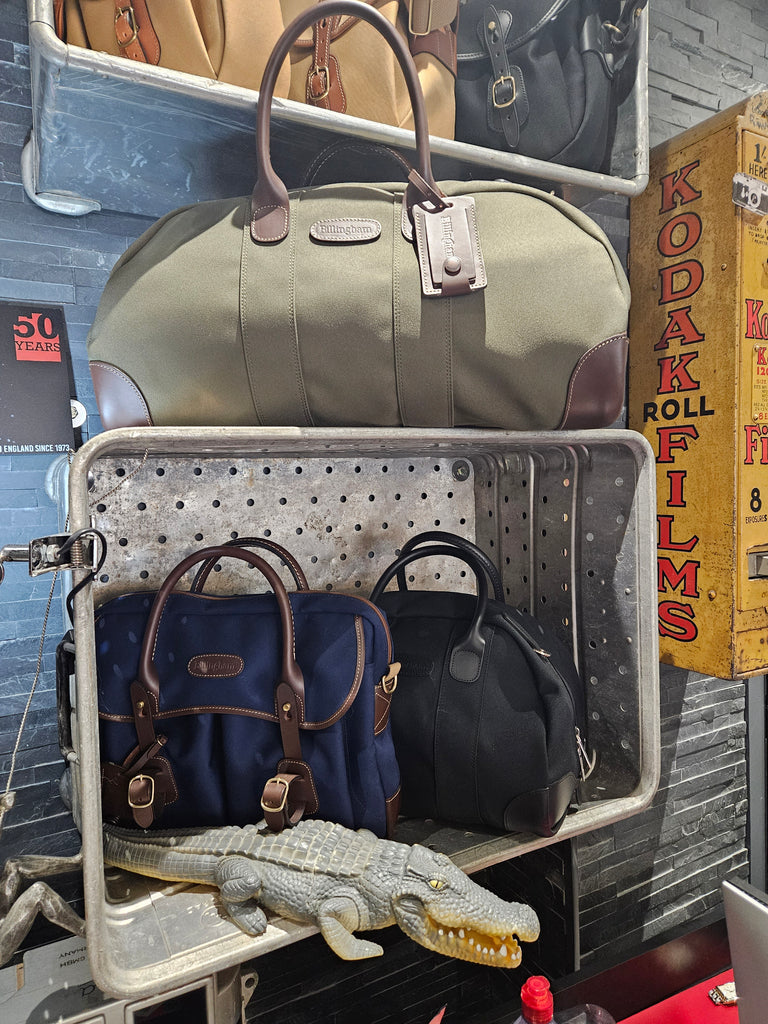
You have recently acquired our leisure range! Where and how can customers come and see the leisure range at your store?
Well, we are open 9:30am to 3:00pm Monday to Friday, so just pop down if you are in the area. We try and keep the Thomas Briefcase, Overnighter and Weekender in stock in every colour Billingham supply them in. Of course, if we get a rush on one colour we might be out of stock that day so always ring ahead if seeing a particular model in a particular colour is important to you.
Remember, we have almost all the Billingham camera bag models too!
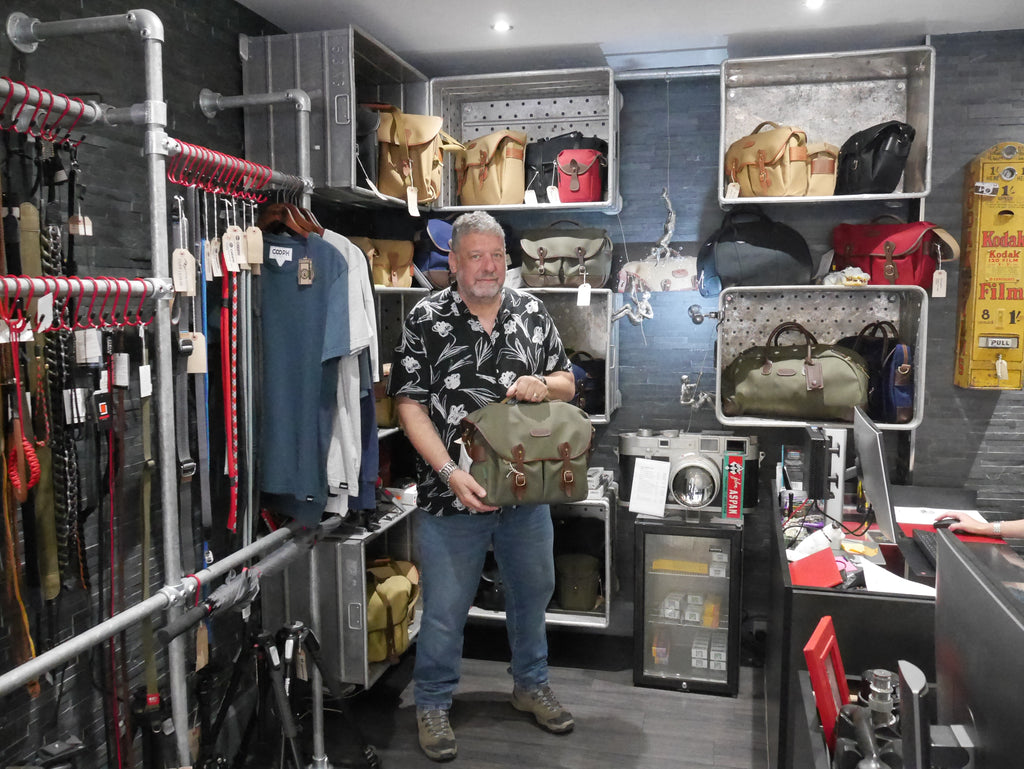
Finally, for your 15th anniversary, we have made you two limited edition bags – the ‘Hadley Small’ and ‘Hadley Pro’ both in Sage FibreNyte with a Camo pattern front. Do you want to tell customers how they can buy these?
Yes, they are a world exclusive for us. You haven’t made camo bags for several years and will now be bringing the colour back in these bags for a limited time just for us. As well as the colour scheme they also feature exclusive ‘Red Dot Cameras’ labels. People can buy them in our store in London obviously, but also from our website.
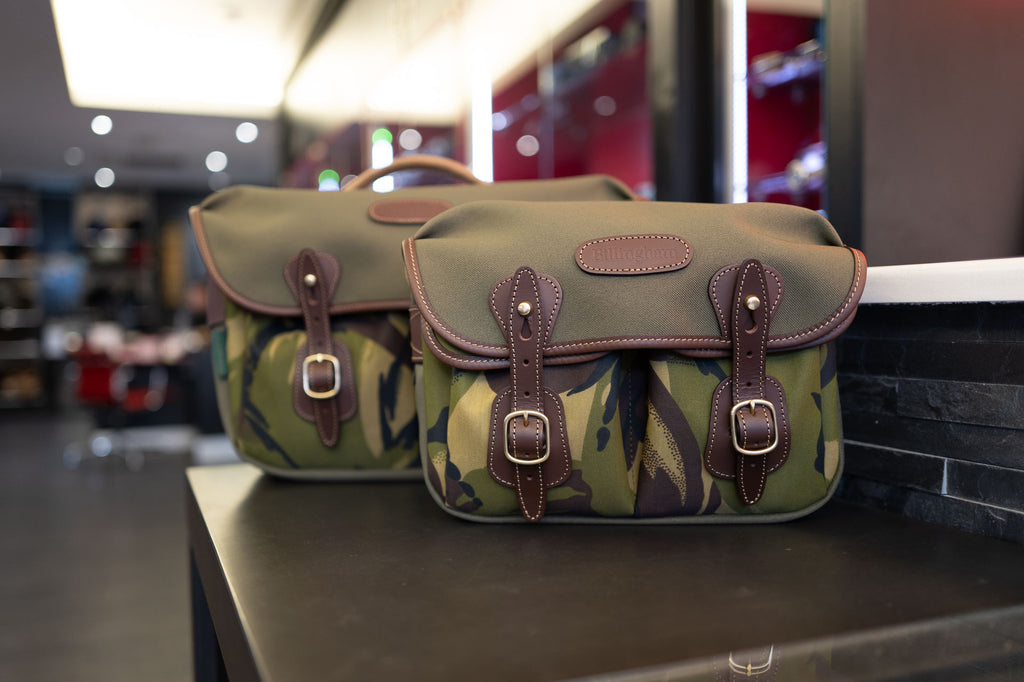
We are really grateful to Ivor for his time and for stocking our bags of course. You can find his store online here:
Website: https://www.reddotcameras.co.uk/
Instagram: https://www.instagram.com/reddotcameras/
Facebook: https://www.facebook.com/reddotcamerasuk/
Read our other blogs here.









